Guides
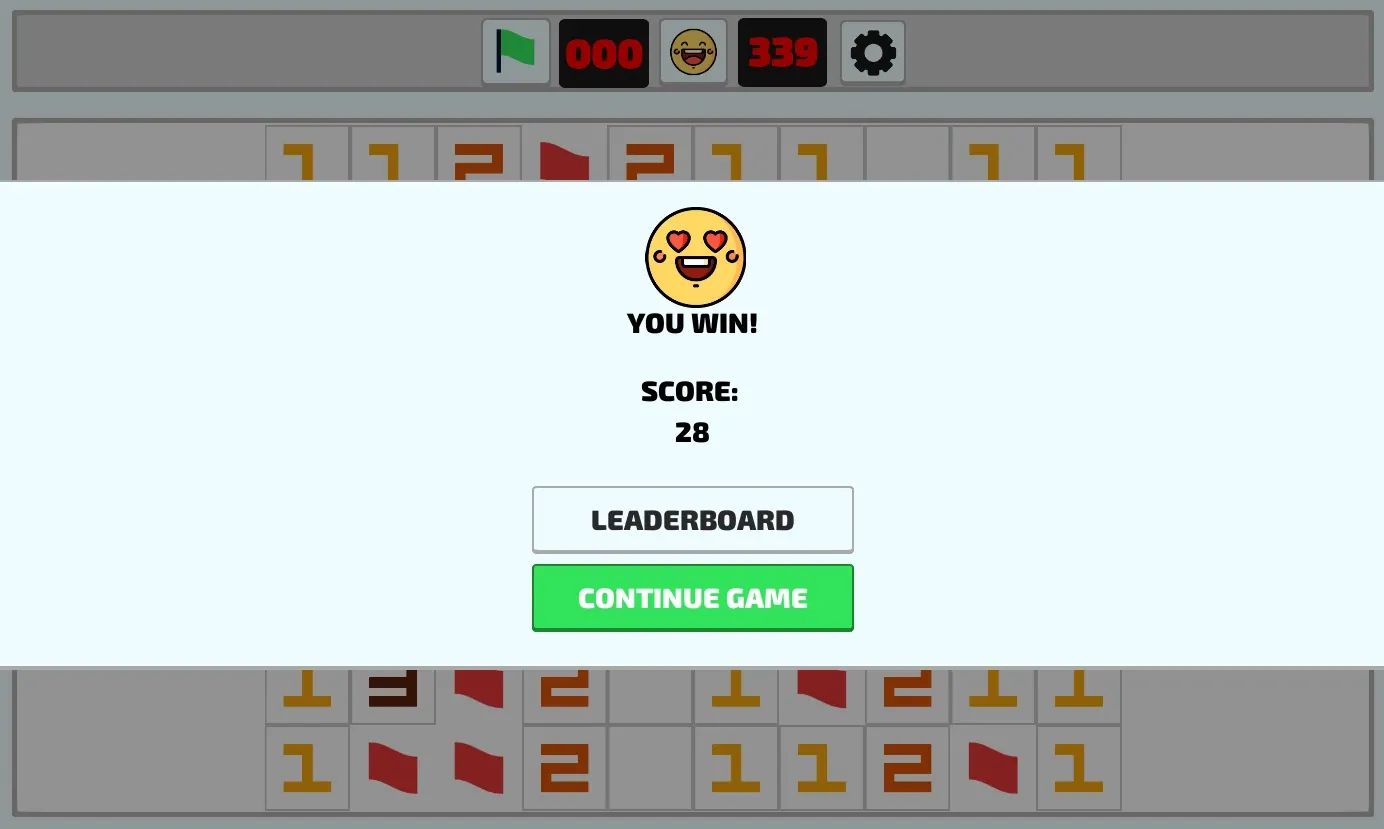
World Records in Minesweeper: Fastest Wins Ever
Minesweeper is turning 35 this year, and throughout its history, it has grown to be a popular and engaging game. What started as a pastime and one of the many games available in Windows OS, became the most popular of the bunch. Of course, things evolved in the Minesweeper world. From a software perspective, Windows kept releasing versions and updates for almost 20 years, until Windows 7 in 2009. Other versions appeared as well, with added difficulty, new layouts, or different boards. From a community standpoint, there are numerous championships, world records, and forums for enthusiasts and experts to gather around.
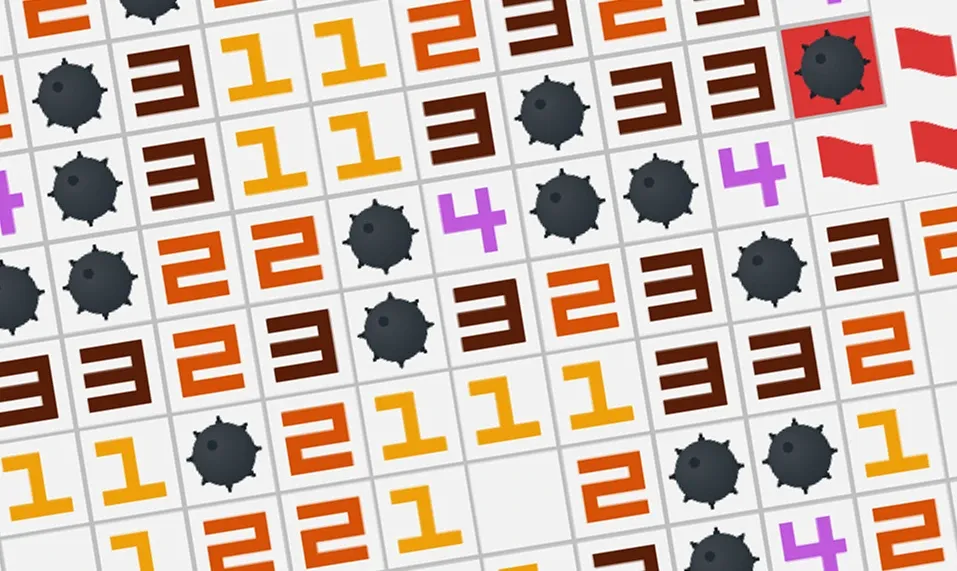
Who Created Minesweeper?
Millions have played Minesweeper, yet few people know about its history. Most people found out about this game because it was part of the default software on every Windows operating system before Windows 8.
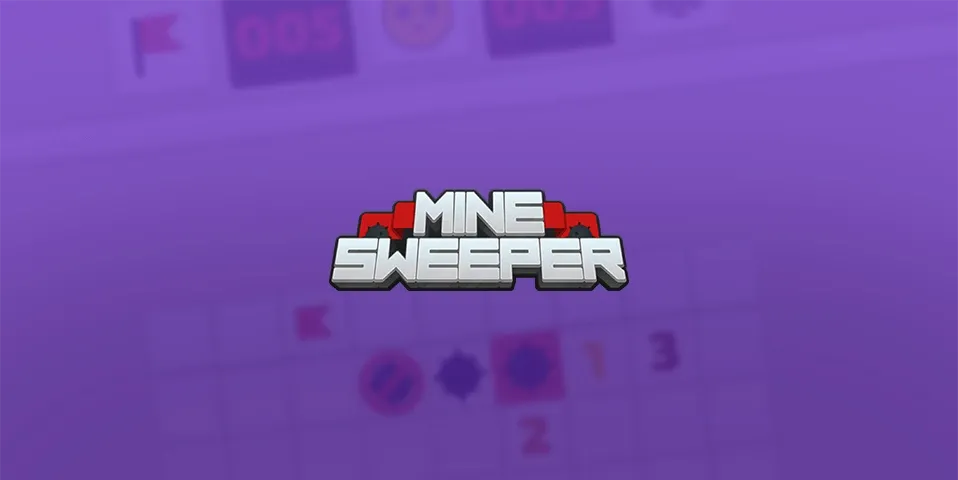
Top 3 Most Famous Minesweeper Solvers
Minesweeper was just one of the several games featured in Microsoft Windows in 1990. In just a few years, it became one of the most popular ones. This is a notable achievement, especially considering the presence of other major games like Tetris. Its rapid success, though, is not at all surprising.
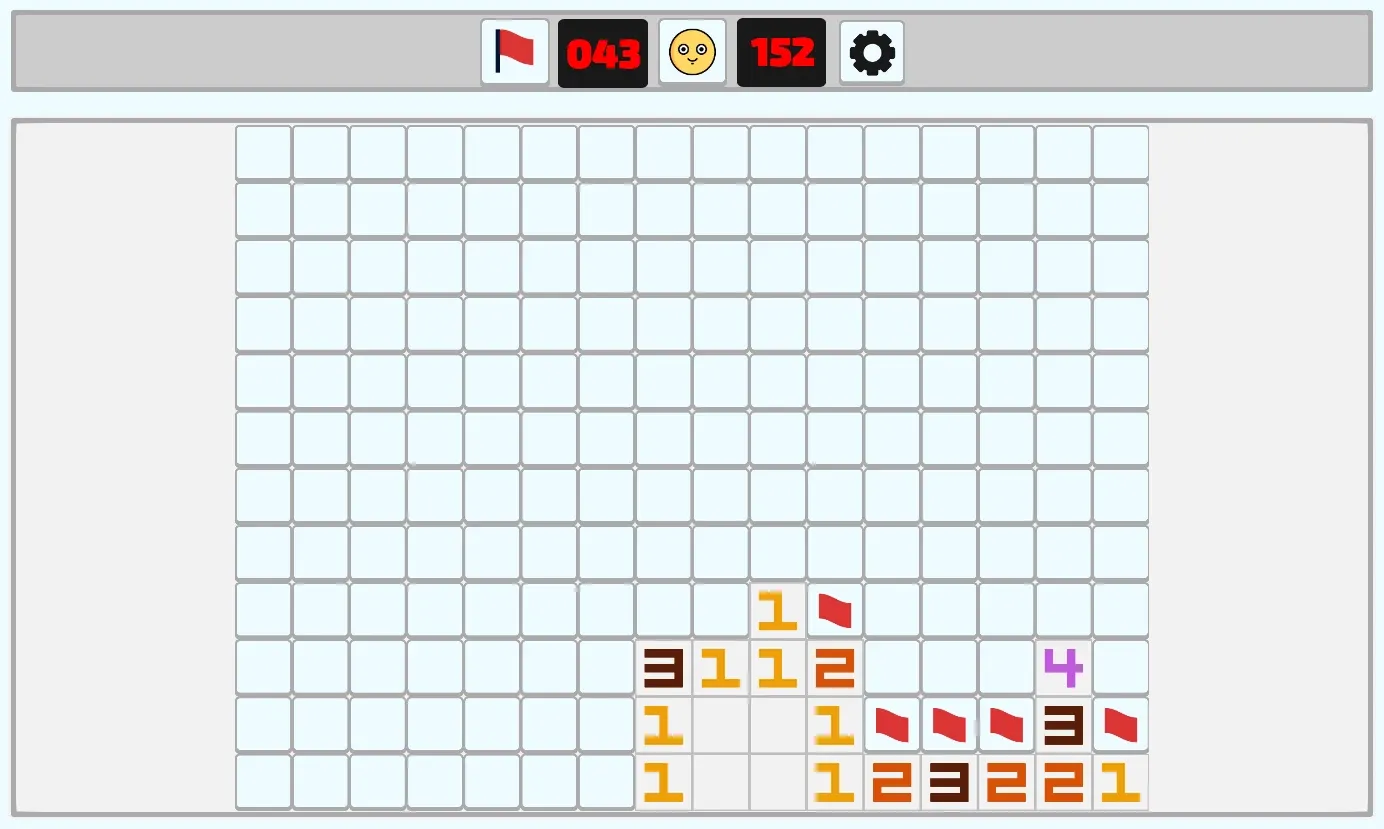
The Secrets of Flags in Minesweeper
Flags are a crucial part of playing Minesweeper. The basis of the game is to place flags on suspected mine locations and open the rest of the tiles.
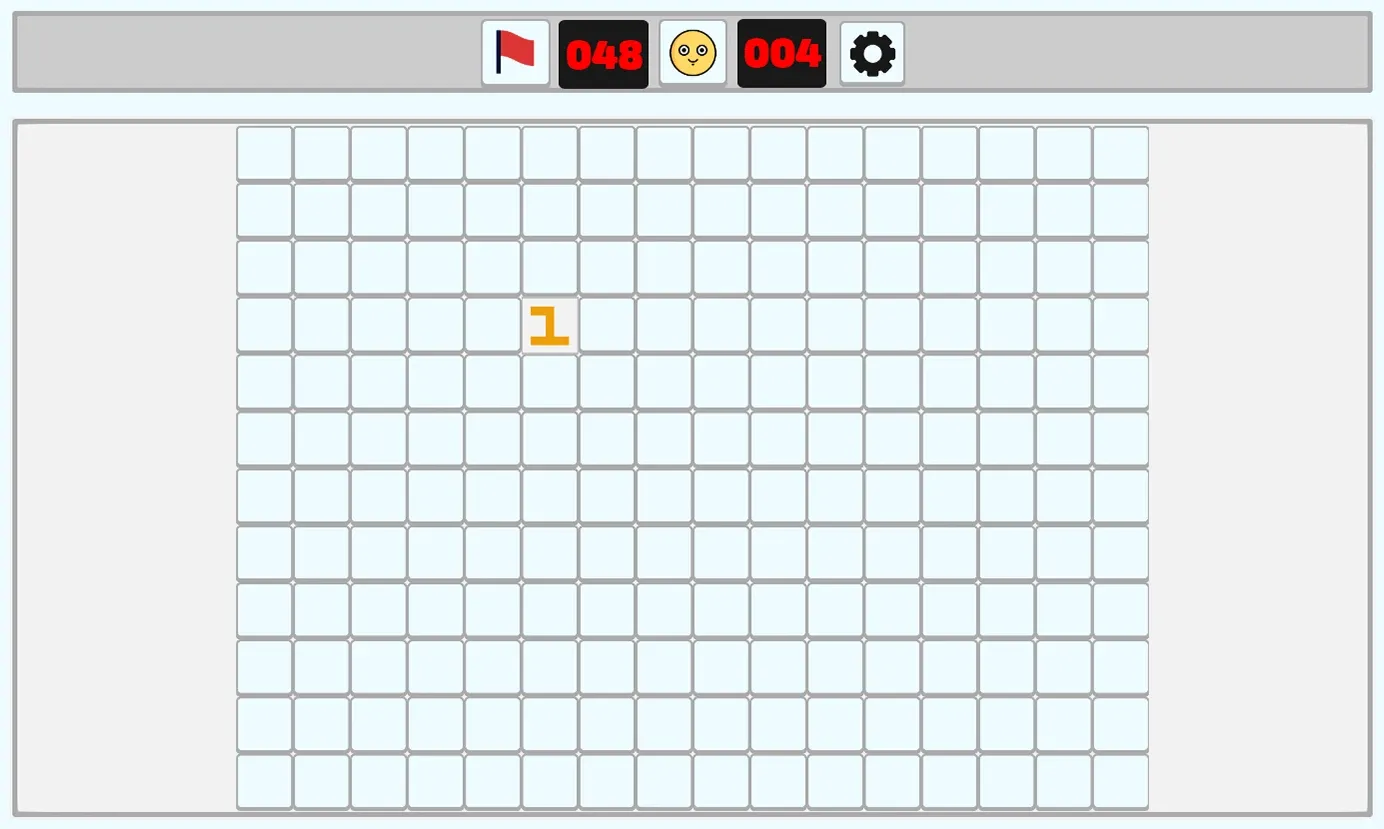
Minesweeper Unknown Rules Explained
Minesweeper’s popularity is an undeniable fact. Everyone knows about it, and everyone knows how to play it. After all, the dynamics are pretty simple, right? But, beyond the basic tile-counting and mine-flagging, the game can often get hard, especially on higher levels.
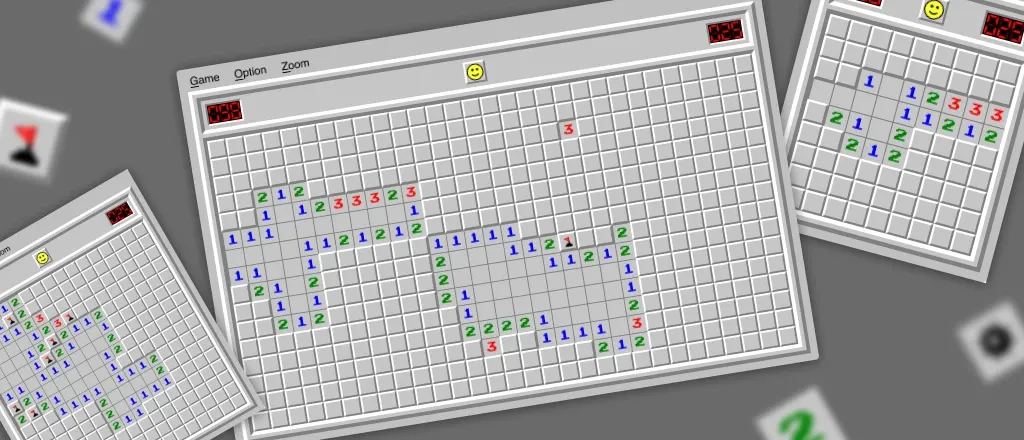
Minesweeper Strategies to Solve Any Puzzle
Minesweeper may seem intimidating at first, but with a few fundamental techniques, anyone can start playing it. By focusing on some easy-to-learn methods, newcomers can quickly get the hang of this classic game.
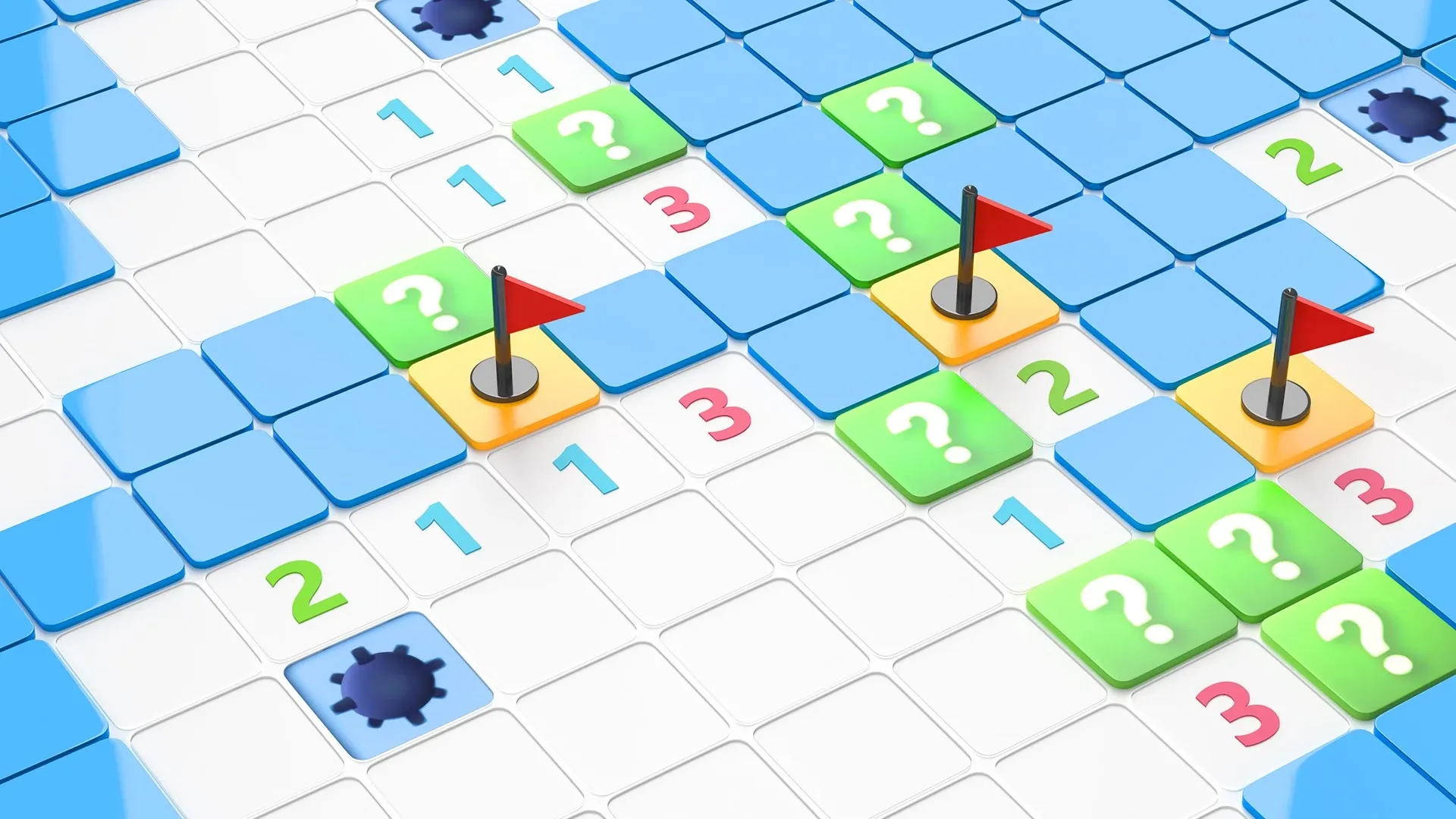
Minesweeper Pattern Guide: Tips to Improve Your Game
Minesweeper isn’t just about luck — it’s a game of logic and pattern recognition. Understanding common patterns can drastically improve your gameplay, reducing unnecessary guesses and helping you solve puzzles faster. This guide covers essential mechanics and patterns to level up your Minesweeper skills.
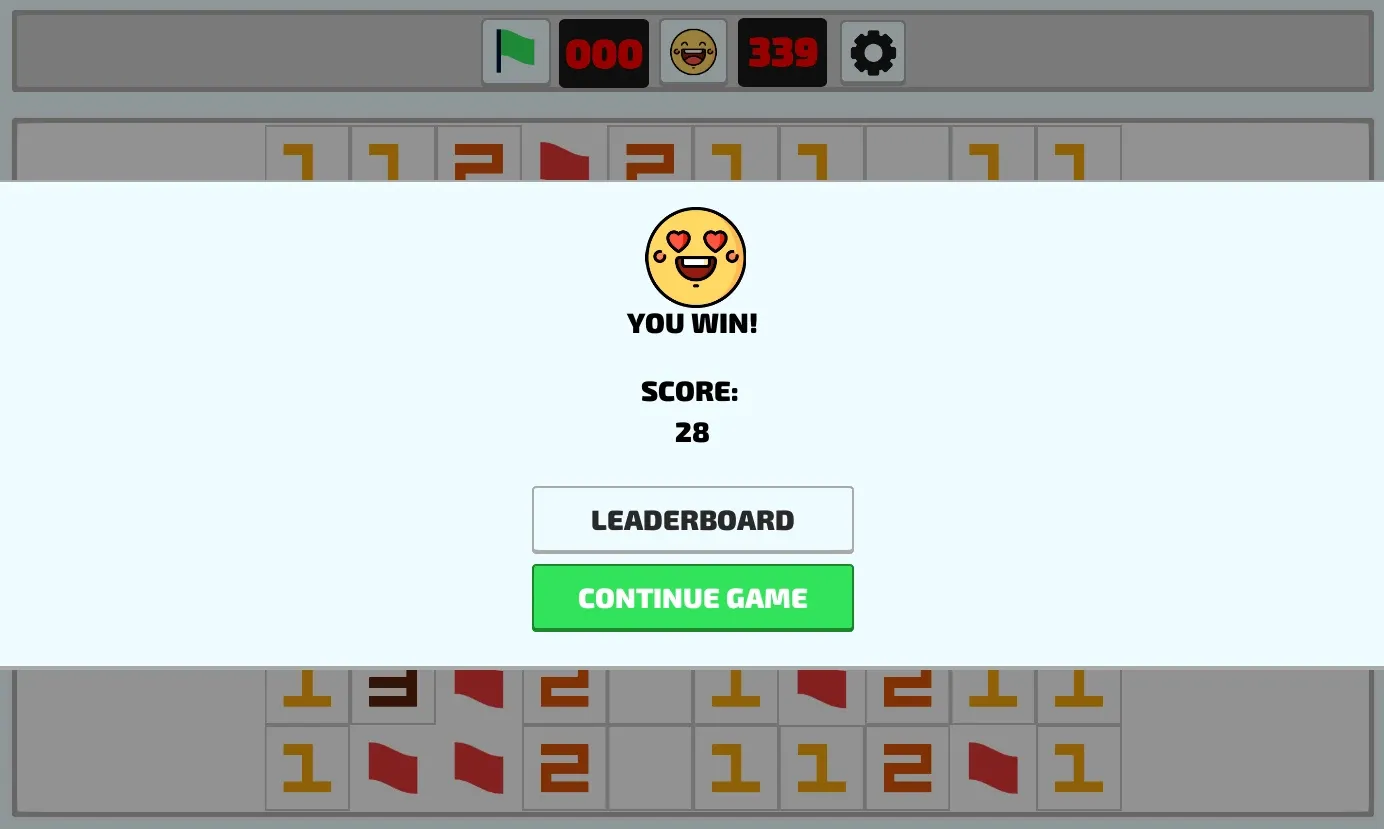
Minesweeper Algorithms for Solving Like a Pro
Why is mastering strategy, logic, and efficiency so satisfying? For many, Minesweeper begins as a casual game to pass the time. Clicking those little squares, hoping not to hit a mine, provides a simple thrill.
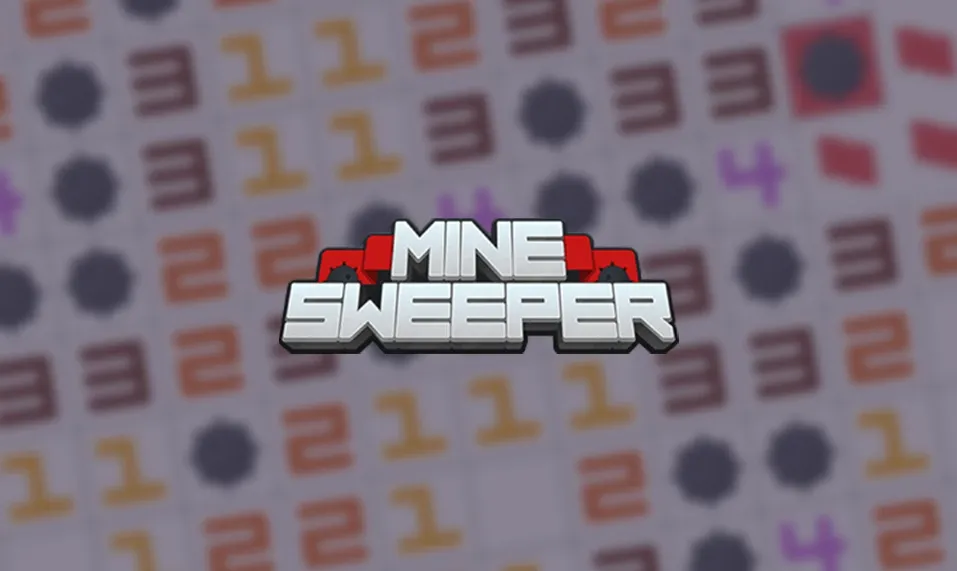
Minesweeper Across Platforms: From Windows to Mobile
From a simple default Windows PC puzzle game to countless mobile variations, Minesweeper came a long way before gaining its cultural icon status. Today, this timeless classic unites people of different ages and nations.
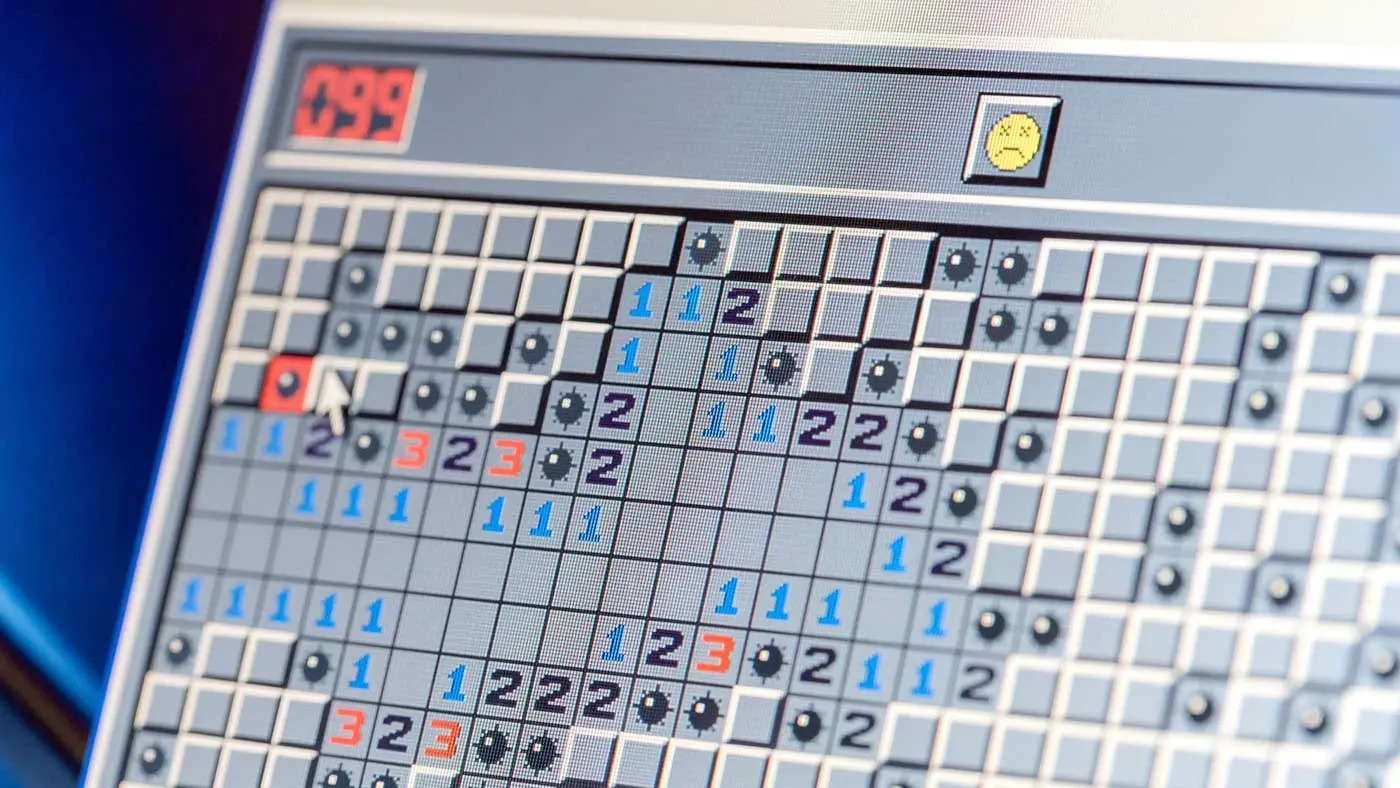
How to Play Minesweeper: Tips for Beginners
With its simple but engaging gameplay, Minesweeper offers the perfect blend of logic and strategy. It requires sharp critical thinking skills yet can be played in short sessions. Both methodical and fast-paced play styles have their merits. As you improve, you'll develop pattern recognition and sharpen your deduction skills.
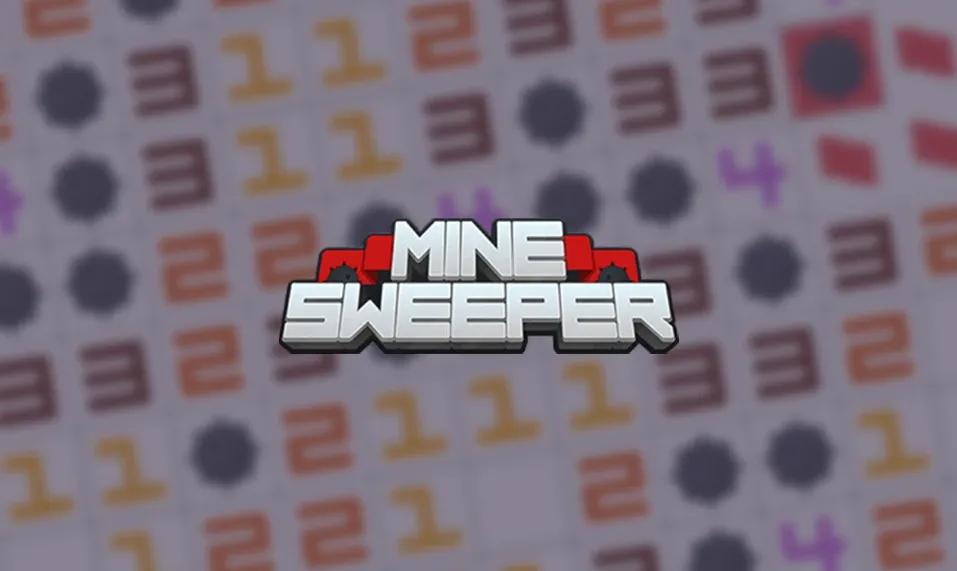
How to Play Minesweeper on Keyboard?
Most players don’t even think about using the keyboard to play Minesweeper. However, those who are looking to decrease their puzzle-solving times or find alternative ways to play this classic game might find this page useful.
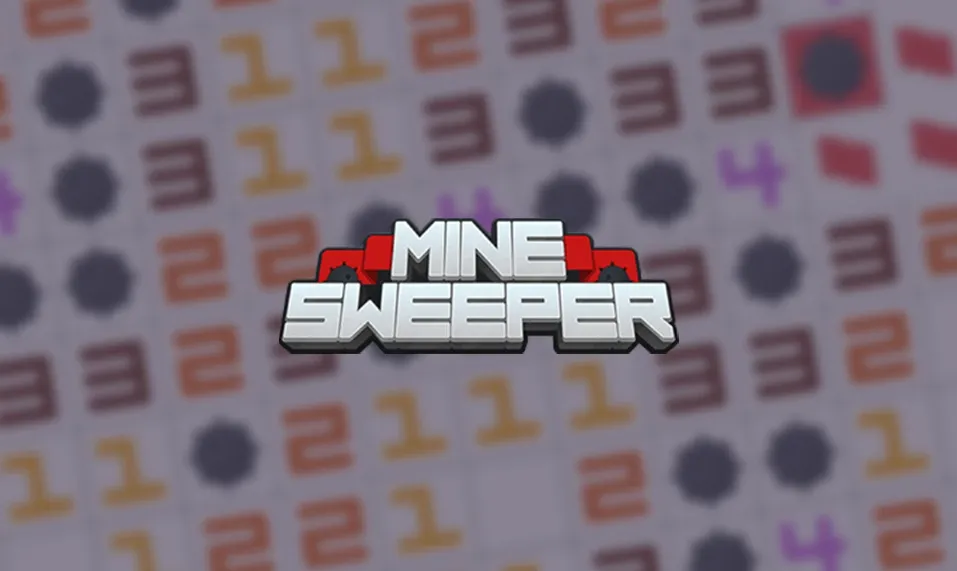
Flags in Minesweeper: What They Do and How to Use Them
Minesweeper is a classic logic puzzle game that has challenged players for decades. The goal is simple: clear a grid of mines by clicking on safe tiles and avoiding the hidden mines. Along the way, numbers hint at how many mines are adjacent to a tile.
We use cookies to personalize your site experience and analyze the site traffic.









